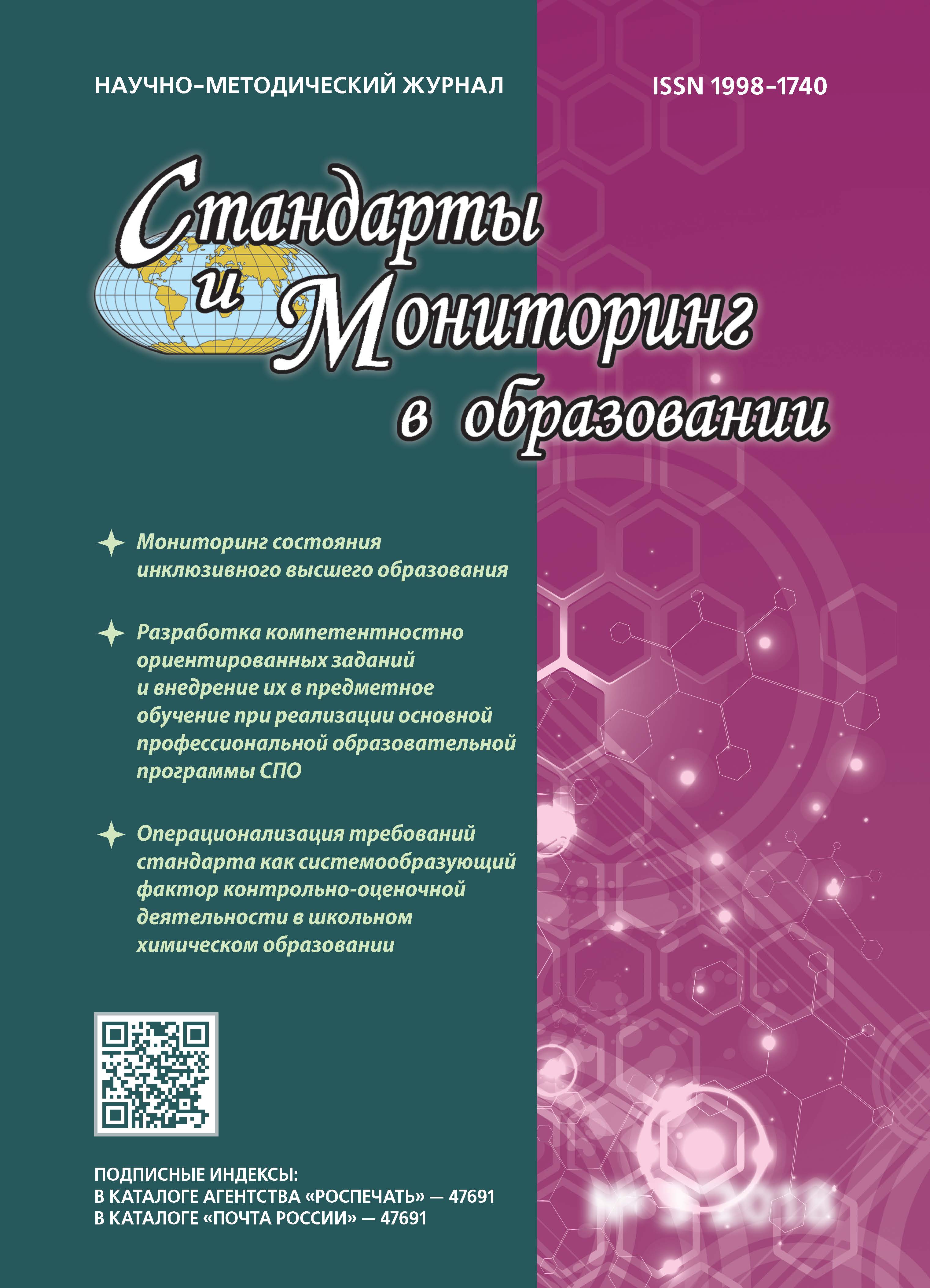Russian Federation
The article is devoted to the analysis of the socio-psychological characteristics of the perception of distance learning by university students in the context of the increasing use of distance learning technologies, including during the pandemic. In the course of the study, a questionnaire was developed to identify the assessment of students’ perception of various factors associated with distance learning, and an Internet survey of university students in Omsk and Norilsk was conducted, the sample size was 188 respondents. Analysis of the results of the survey allows us to conclude that 16% of students highly appreciate the importance of the factor of negative influence on the psychological state of distance learning students and more than 32% of respondents note the importance of the lack of “live” communication for them. In addition, 28.4% of students rated at 4 and 5 points on a 5-point system the importance for them of problems with self-organization in distance learning. Based on the results of the study, proposals were developed aimed at minimizing the negative impact on the socio-psychological state of students in distance learning.
distance learning, socio-psychological perception, information and communication technologies, student, higher education
1. Burmistrova N.A., Ivanova E.V., Mescheryakova N.A., Simonova N.Yu. Ocenka kachestva predmetnoy podgotovki bakalavrov i magistrov v izmenyayuschihsya social'no-ekonomicheskih usloviyah // Standarty i monitoring v obrazovanii. 2019. T. 7. № 2. S. 1624.
2. Tyumentseva E.Yu., Abramchenko N.V., Shamis V.A., Mukhametdinova S.Kh. Kognitivnoe modelirovanie urovnya vospriyatiya studentami vuzov distantsionnoy formy obucheniya v usloviyakh pandemii [Cognitive modeling of the level of students’ perception of distance learning in a pandemic]. Sciencefor Education Today. -2022, V. 12, -I. 2,- pp. 74--91. DOI: http://dx.doi. org/10.15293/2658 6762.2202.04
3. Frolova E.V., Rogach O.V., Ryabova T.M. Preimushchestva i riski perekhoda na distantsionnoe obuchenie v usloviyakh pandemii [Advantages and risks of switching to distance learning in a pandemic]. Perspektivy nauki i obrazovaniya [Prospects for science and education]. - 2020,- I. 48 (6), - pp. 78--88. DOI:https://doi.org/10.32744/pse.2020.6.7. Available at: https://elibrary.ru/item.asp?id=44465120 (accessed 19 April 2022).
4. Frei-Landau R., Avidov-Ungar O. Educational equity amidst COVID-19: Exploring the online learning challenges of Bedouin and Jewish Female Preservice Teachers in Israel // Teaching and Teacher Education. 2022, v. 111, pp. 103-623. Available at: https://pesquisa. bvsalud.org/global-literature-on-novel-coronavirus-2019-ncov/resource/pt/ covidwho-1586443
5. Moussa N.M., El-Khalil N.S. Psychological health, competencies and readiness for the transition to distance learning among teachers in the UAE //Psychological Science and Education. 2021, v. 26 (6), pp. 83--95. DOI:https://doi.org/10.17759/pse.2021260606. Available at: https://elibrary.ru/item.asp?id=47455537






